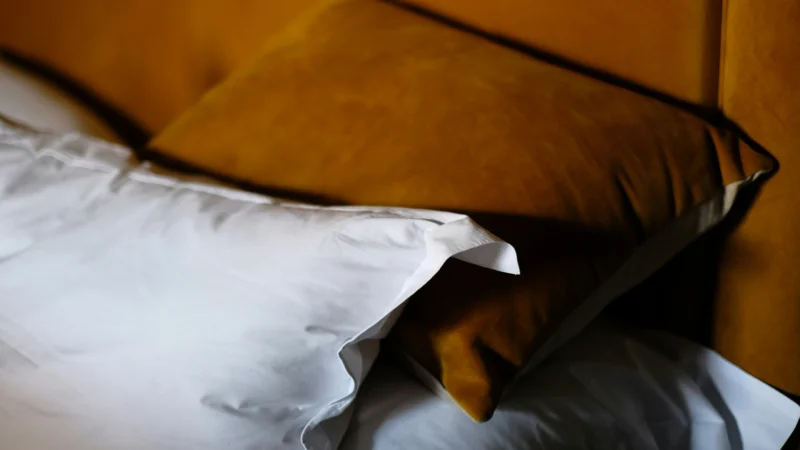Disclosure: This post may contain affiliate links, meaning we get a commission if you decide to make a purchase through our links, at no cost to you. Please read our disclosure for more info.
To get rid of bed bugs in your mattress, first, inspect for signs like dark spots and shed skin. Strip your bedding and wash it in hot water; heat kills bugs. Use a vacuum with a HEPA filter on the mattress and surrounding areas, then seal the vacuum bag immediately. A steam cleaner can kill bugs on contact. Consider applying diatomaceous earth and encase your mattress in a bed bug-proof cover. If bites persist or you see visible bugs, it might be time to call professionals for more effective treatments. You’ll find additional tips on avoiding future infestations.
In This Post:
Identify Bed Bug Infestation
Identifying your mattress for bed bug infestation is essential to effectively addressing the problem. Start by examining the seams, tufts, and folds of your mattress, as these areas often harbor bed bugs. Look for small, dark spots, which are typically bed bug feces, and may also find shed exoskeletons or live bugs. If you notice a musty odor, that could indicate a more significant infestation. Don’t forget to check the bed frame and surrounding areas, including headboards and nightstands. Using a flashlight can help in spotting these pests more easily. If you suspect an infestation, act quickly. Early detection is vital in preventing the spread of bed bugs to other parts of your home.
Prepare Your Mattress
Once you’ve confirmed a bed bug infestation, it’s time to prepare your mattress for treatment. First, remove all bedding, including sheets, pillowcases, and mattress protectors. Wash these items in hot water, then dry them on high heat to effectively kill any lingering bed bugs and eggs. Next, inspect your mattress thoroughly for signs of bed bugs, such as dark spots or shed skin. If possible, move your mattress away from the bed frame and other furniture to reduce hiding spots. Consider using a vacuum with a HEPA filter to clean the mattress surface and edges. Finally, seal your mattress in a protective bed bug encasement, which will trap any remaining bugs and prevent new infestations.
DIY Bed Bug Treatments
DIY bed bug treatments can be effective in managing infestations when combined with thorough preparation and vigilance. First, consider vacuuming your mattress and surrounding areas meticulously to remove visible bugs and eggs. After cleaning, seal the vacuum bag immediately to prevent escape. Next, use a steam cleaner on your mattress, as high temperatures can kill bed bugs on contact. You can also apply diatomaceous earth, a natural insecticide that disrupts the bugs’ exoskeletons, rendering them unable to retain moisture. Additionally, encasing your mattress in a bed bug-proof cover can trap any remaining bugs and prevent new infestations. Regular inspections and maintaining cleanliness are essential in ensuring these DIY methods remain effective over time.
When to Call Professionals
If you’re struggling to manage a bed bug infestation despite your best efforts, it might be time to call in the professionals. Signs you should consider professional help include persistent bites, visible bed bugs or fecal spots, and a lack of improvement after multiple DIY treatments. Professionals have access to industrial-grade insecticides and specialized equipment for effective heat treatments, which can eliminate eggs and adults more efficiently than home remedies. Additionally, if the infestation has spread beyond your mattress to nearby furniture or walls, expert intervention is essential. Waiting too long can lead to a more severe infestation, making eradication more difficult and costly. Don’t hesitate to seek professional assistance to regain control of your space.
Prevent Future Infestations
After addressing an infestation, taking steps to prevent future bed bug encounters is essential. Start by encasing your mattress and box spring in bed bug-proof covers. These barriers will help trap any remaining bugs and prevent new ones from entering. Regularly inspect your sleeping area, including seams and cracks, for signs of bed bugs. Reduce clutter around your home, as it provides hiding places. When traveling, always check hotel rooms for signs of bed bugs and keep your luggage elevated. Wash and dry your bedding on high heat regularly, as this can eliminate any hidden eggs or nymphs. Finally, consider consulting pest control services for ongoing monitoring and preventive treatments if your area is prone to infestations.


